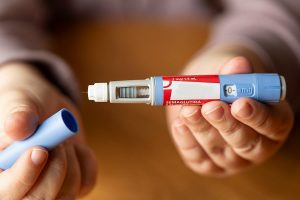
Artificial intelligence (AI) research and development should stop until its use and technology are properly regulated, an international group of doctors and public health experts said. Certain types of AI pose an “existential threat to humanity,” the experts wrote in the May 9 issue of the journal BMJ Global Health. The group — led by Dr. Frederik Federspiel of the London School of Hygiene and Tropical Medicine in the United Kingdom — included experts from the United States, Australia, Costa Rica and Malaysia. AI has transformative potential for society, including in medicine and public health, but also can be misused and may have several negative impacts, they said. The experts warned that AI’s ability to rapidly clean, organize and analyze massive data sets, which may include personal data and images, make it possible to be used to manipulate behavior and subvert democracy. There are already examples, they noted. AI was used in this way in the 2016 U.S. presidential election; in the 2017 French presidential election; and in elections in Kenya in 2013 and 2017, the experts reported. “When combined with the rapidly improving ability to distort or misrepresent reality with deep fakes, AI-driven information systems may further undermine democracy by causing a general breakdown in trust or by driving social division and conflict, with ensuing public health impacts,” the authors warned. AI-driven surveillance can… read on > read on >





















-300x169.jpg)
















